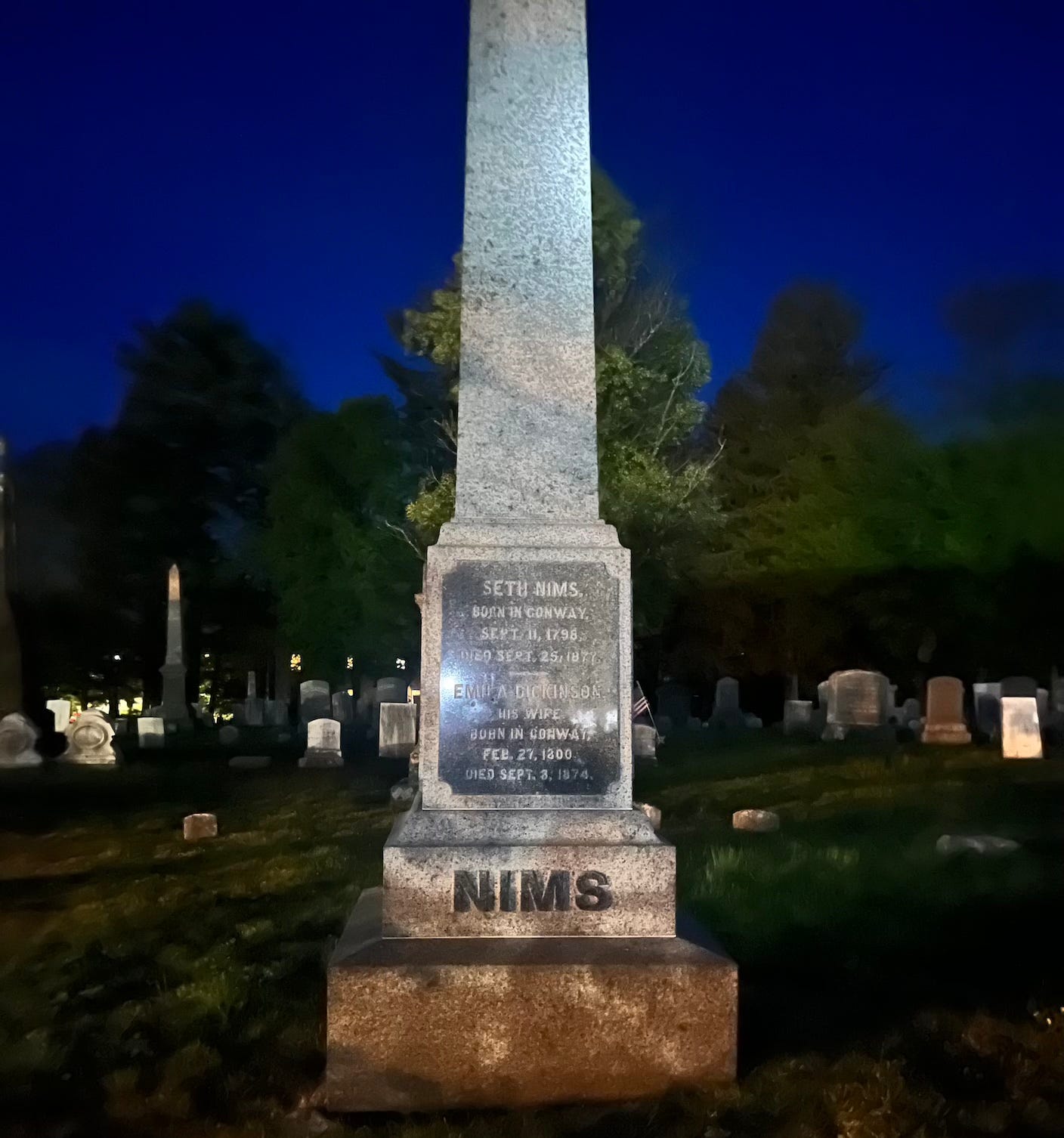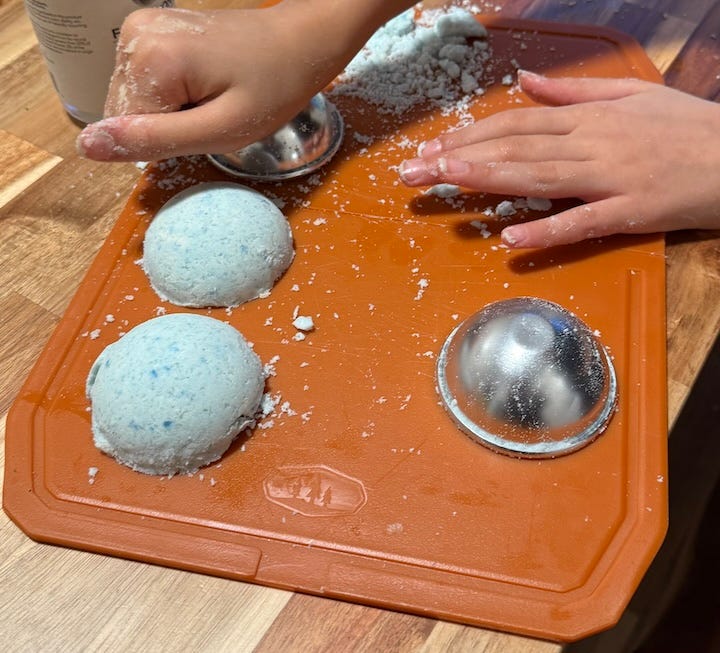A few years ago, I began sleeping in cemeteries, inspired by my herbalism studies and the cedar tree at the cemetery next to my school.
Cemeteries are called charnel grounds in Buddhism and Hinduism, where people engage in ritual and meditation.
A charnel ground is also any place that feels deadening, like a space of putrification.
How can we make those spaces feel alive again?
There is a tradition of dancing in a charnel ground, moving energy, and echoing all the cycles we find in nature.
Cycles & Technology
I am finishing Blood, Bread, and Roses by Judy Grahn. In January, I did a deep dive into Grahn’s work, which marks the start of an effort to read only women and trans writers.
Blood, Bread, and Roses presents a provocative history of tools and technology rooted in the theory that the synchronicity between human menstruation and the lunar cycle gave rise to mental models—what Grahn terms metaforms—that fostered the development of tool-making and abstract thought.
AI Sadhana
Sadhana is a discipline or practice. During the pandemic, I practiced early morning sadhana yoga and chanting, but it can be anything that aims for spiritual awareness.
I consider my reading a sadhana.
Right now, I am thinking about my work with tools and technologies: my early work with performance robots, invisible fields like Wi-Fi and RF ID, experiments with exchange like prayer coins and unpaid labor coins, cryptography as a personal practice, and Turing Oracle and AI—and how this is a spiritual practice.
Jaque Ellul writes in The Technological Society that material techniques (like making cement) and spiritual techniques (like meditation) exist. A sadhana uses both technologies and techniques. What is the role of technology here? I call it the AI Sadhana, and I have no answers, only questions.
Herbalism
Medicine is a technology. We can prepare herbs in different ways, such as oil, alcohol, and honey, for application on the body or internally. One of my kids makes bath balms with calendula, lavender, and pine essential oils, which we use all winter.
I consider the different phytochemicals (chemical compounds) in plants, which can help us understand how a plant works on the body and what techniques and technologies can help us make better medicine. I also consider the energetic properties of plants, which are common in flower essence practices and in-plant meditations, and ways to bridge the material and the non-material, spiritual technology, and material technology.
Consider this my dance!
If these ideas resonate with you, please leave a note or join the Quality Containers discord at https://discord.gg/mDffZqAU.
** Calendula contains Saponins, which are long chains of water-soluble sugar attached to compounds that love fat (lipophilic) - and this creates a slippery foamy action and detergent (disinfectant quality)






